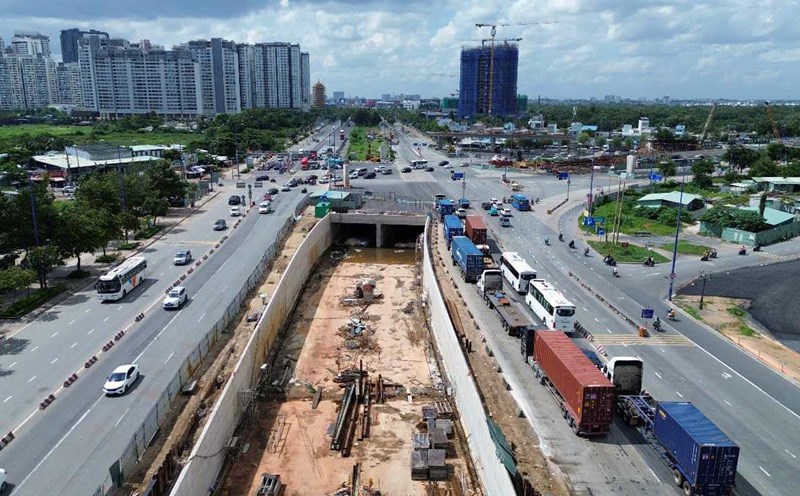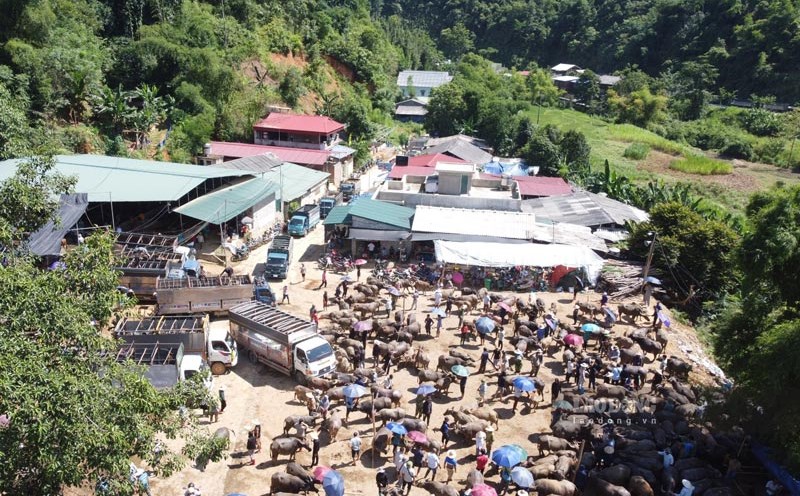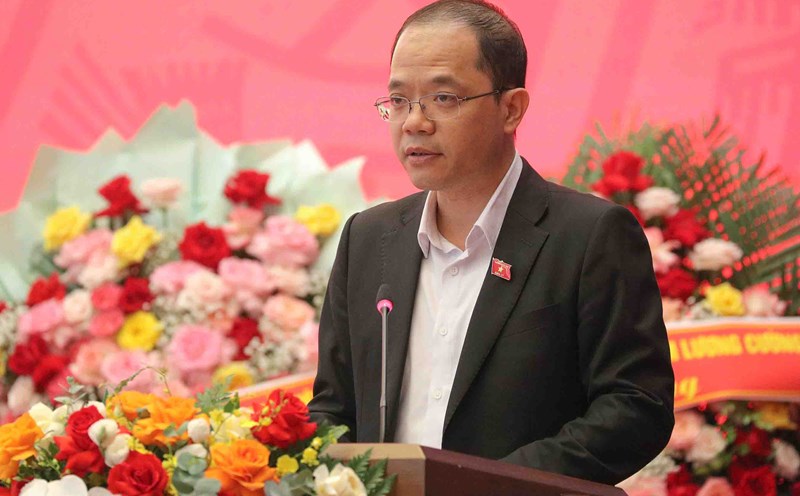According to records, the entire project is currently about 70% on schedule, a slight increase compared to the previous phase, but there are still many items that are slow. The HC1-01 underpass - the first item of the project was just put into operation on June 30, 2025, after many delays.
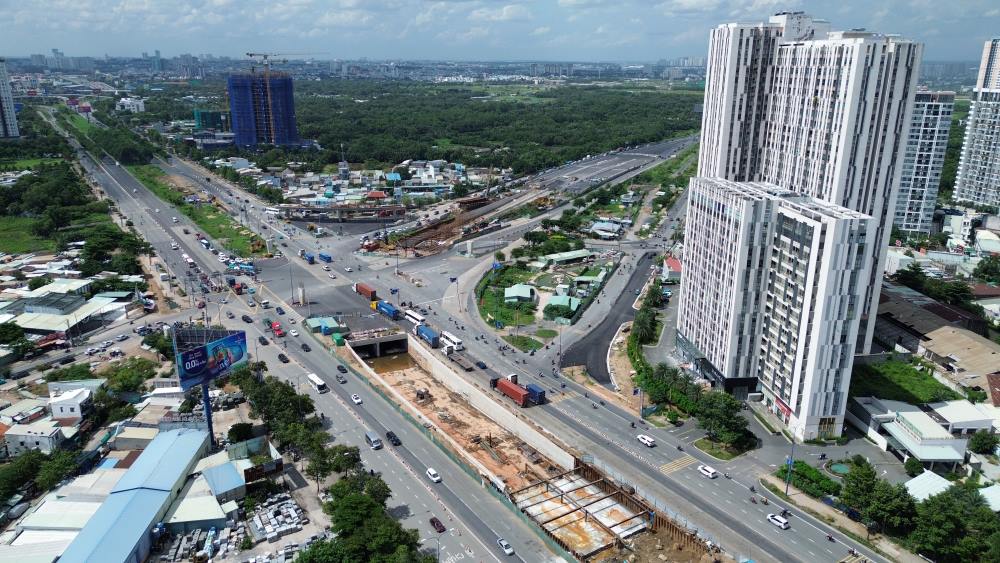
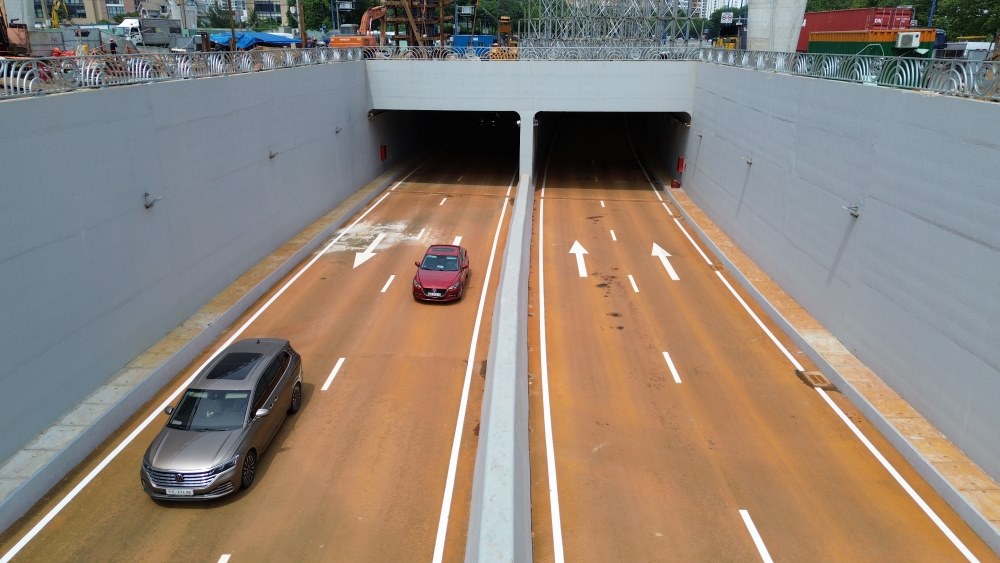
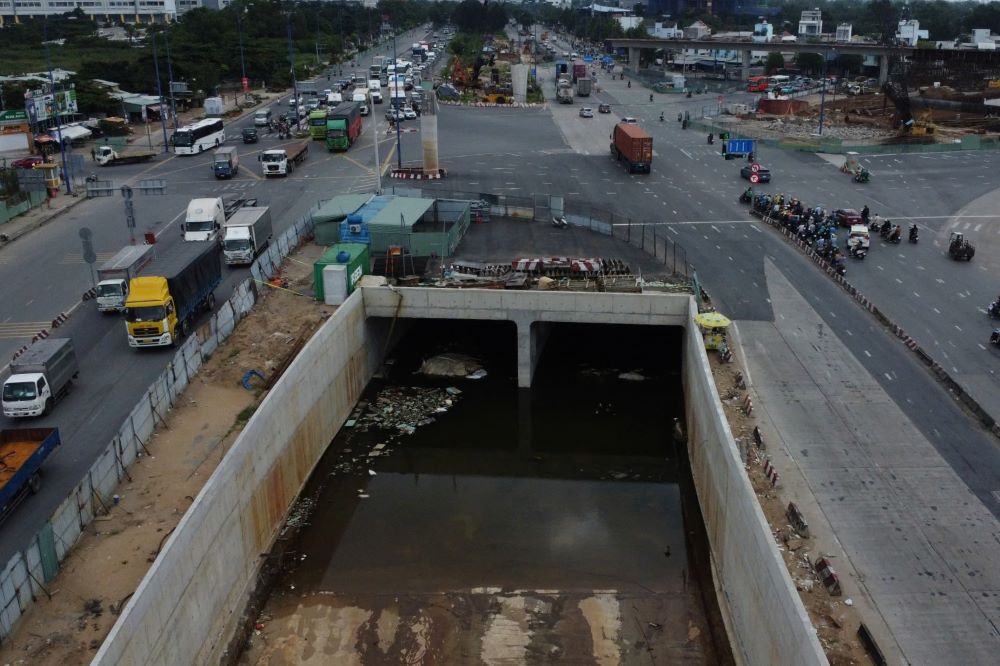
5 overpass branches in the area are being implemented synchronously, including: N3 and N4 bridges at the Mai Chi Tho - Dong Van Cong intersection; N2 bridge turning right from Ho Chi Minh City - Long Thanh - Dau Giay expressway to Mai Chi Tho; N1.1 and N1.3 bridges turning left from Mai Chi Tho to Ho Chi Minh City - Long Thanh - Dau Giay expressway.
As for the N1.2 branch, from Luong Dinh Cua Street to the Ho Chi Minh City - Long Thanh - Dau Giay Expressway, it cannot be implemented due to problems in site clearance.
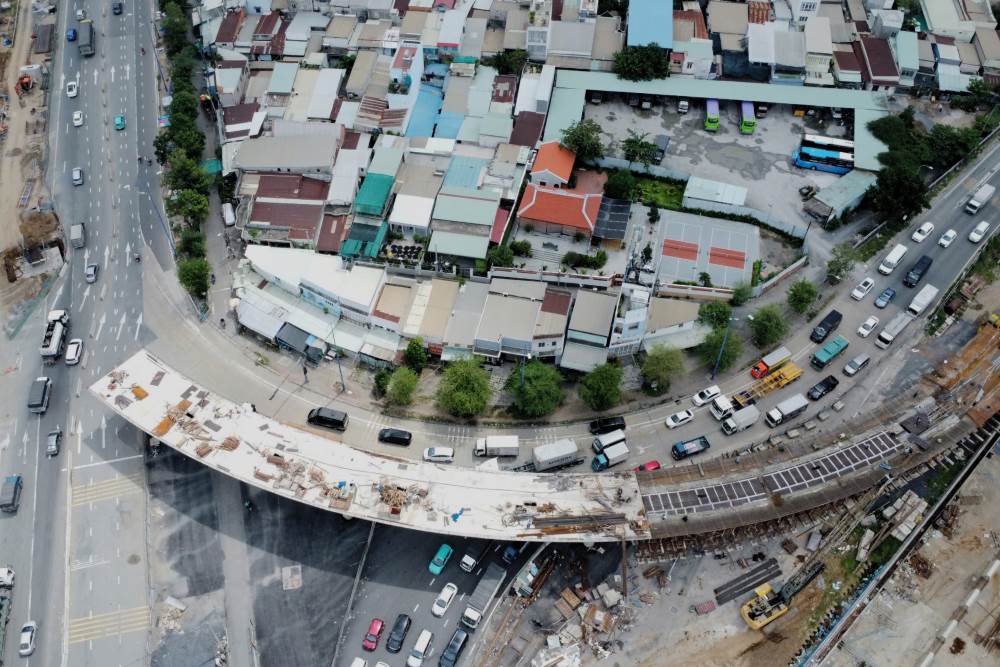
The An Phu intersection project is located in Binh Trung Dong ward, expected to be the most modern intersection in Ho Chi Minh City with a scale of 29 hectares, including six overpasses and two underpasses, with a total investment of more than VND 3,400 billion. The project started construction at the end of 2022, initially expected to be completed in April 2025, but the completion date has now been adjusted to December 31, 2025.
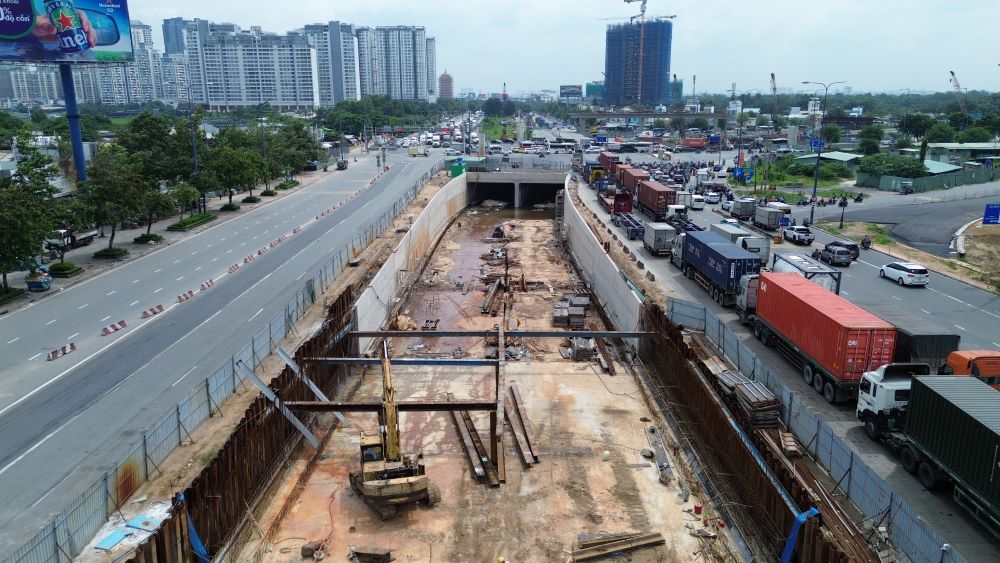
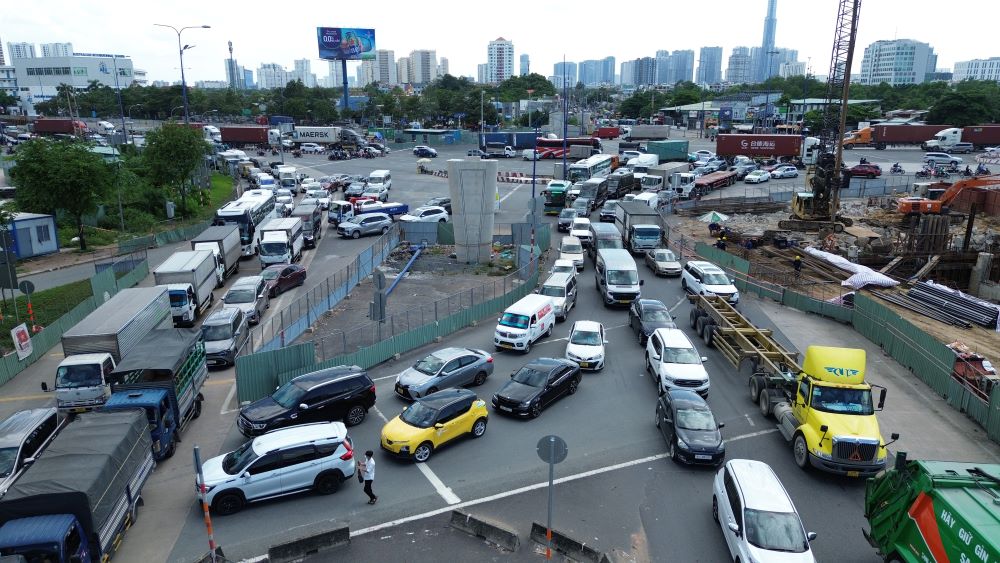
In reality, the project is slow to construct due to many resonating reasons. In particular, site clearance is still slow at some locations; the technical design must be adjusted during the construction process.
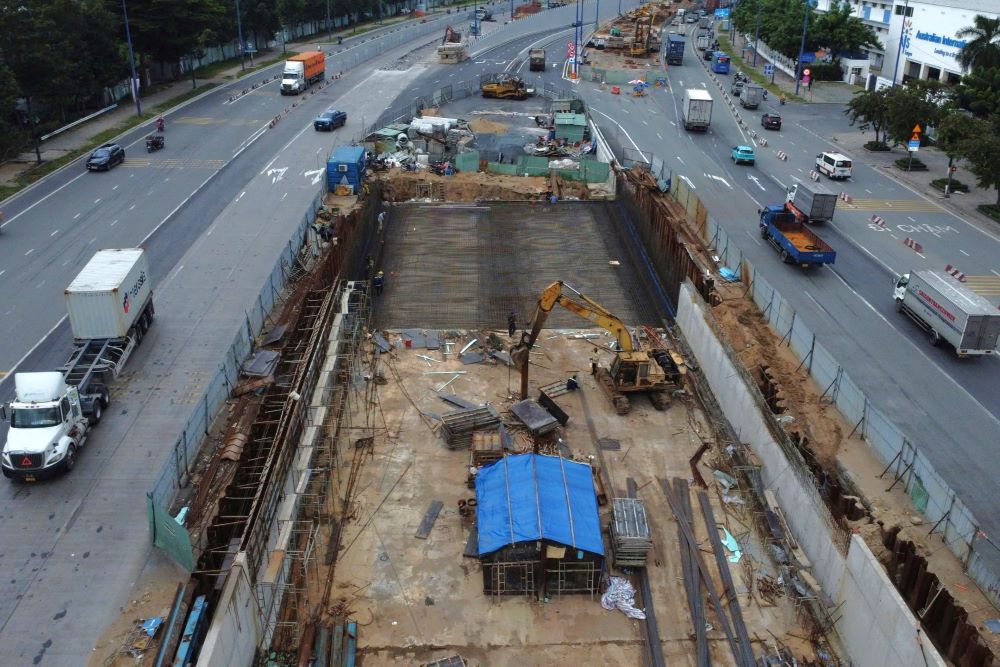
Faced with the delay, the Ho Chi Minh City Department of Construction has requested the Traffic Project Management Board to report in detail on the implementation of the An Phu intersection, clarify the causes, responsibilities of the parties and have timely solutions. Vice Chairman of Ho Chi Minh City People's Committee Bui Xuan Cuong also directed a comprehensive review to ensure the project is completed on schedule by the end of 2025.
The An Phu intersection project is expected to solve traffic congestion at the eastern gateway of the city. However, with the current progress, the risk of further delays is real if there are no strong and drastic remedial measures in organizing the construction.

